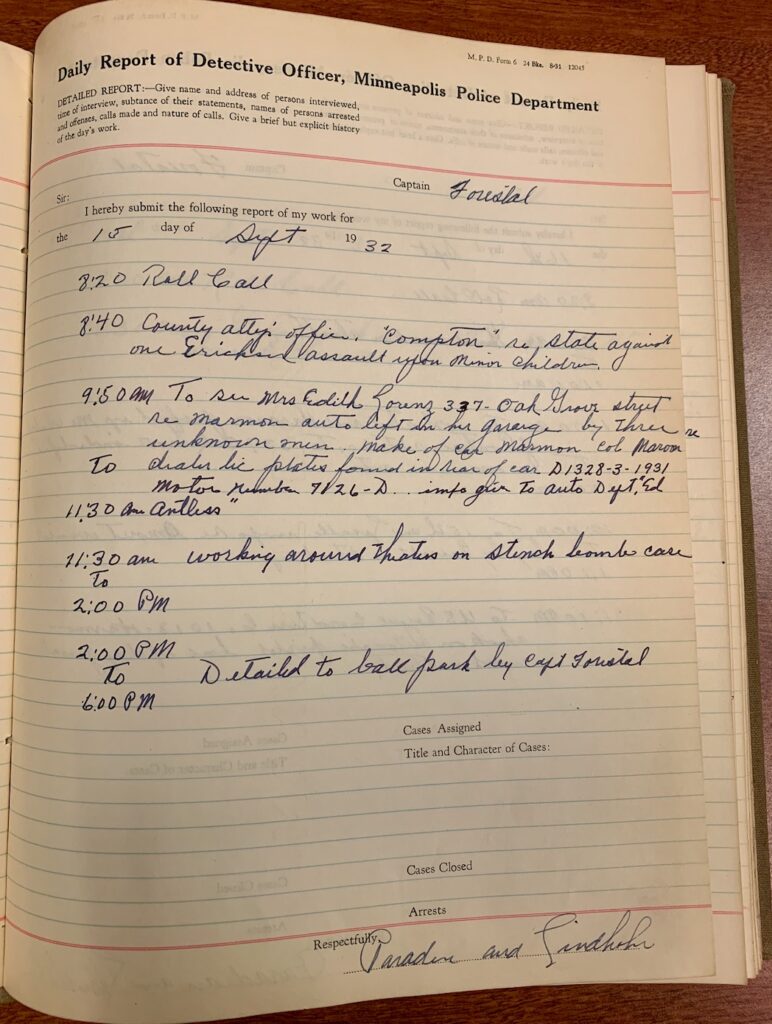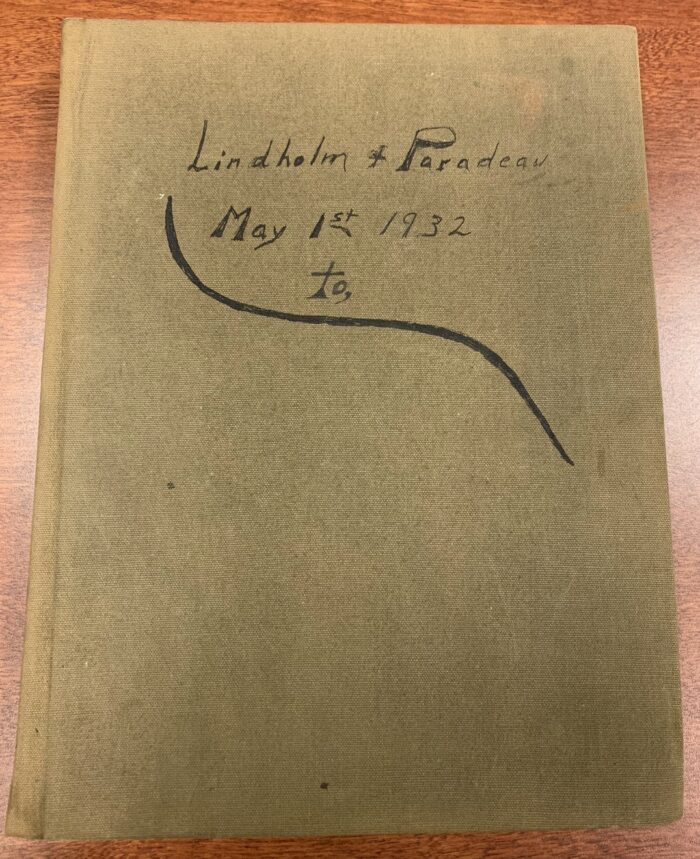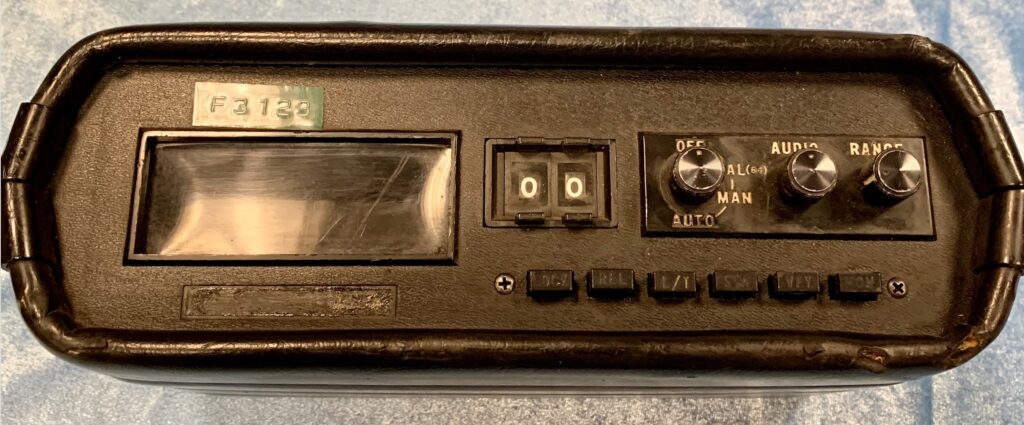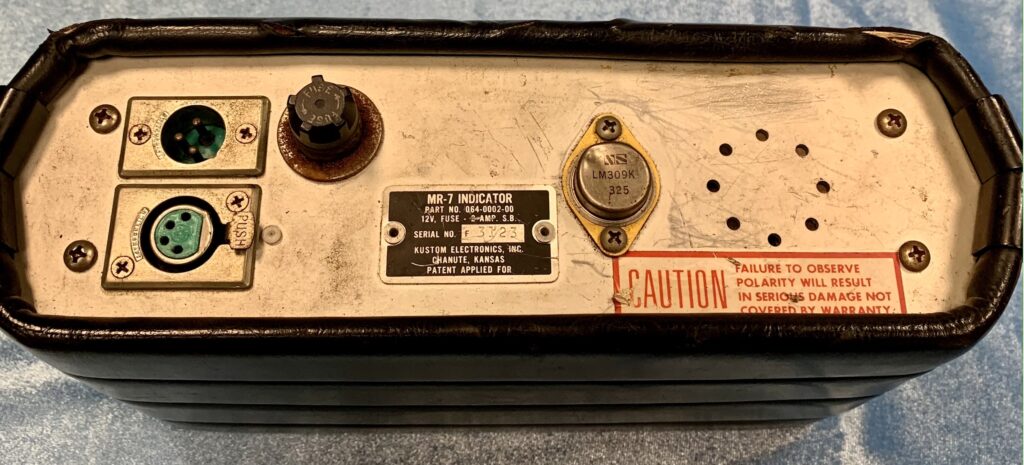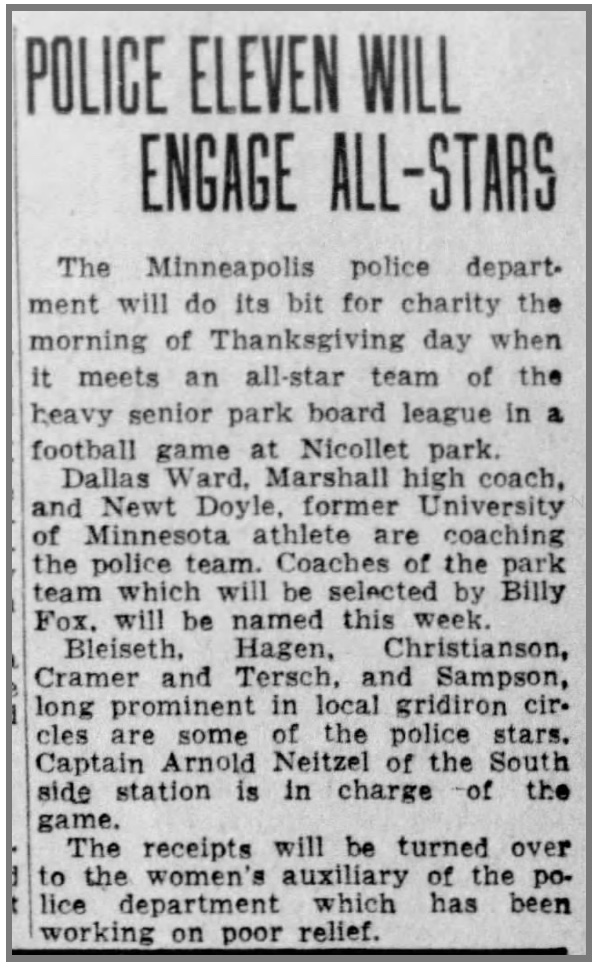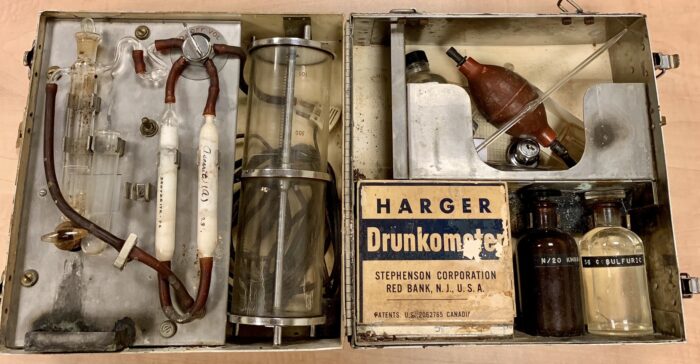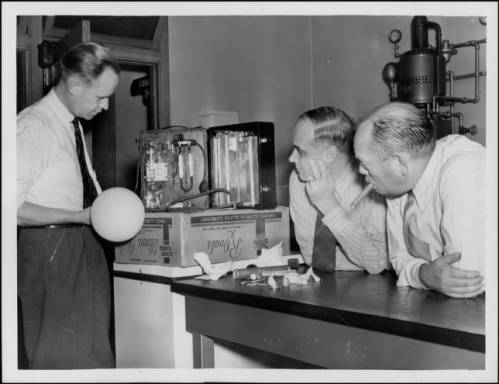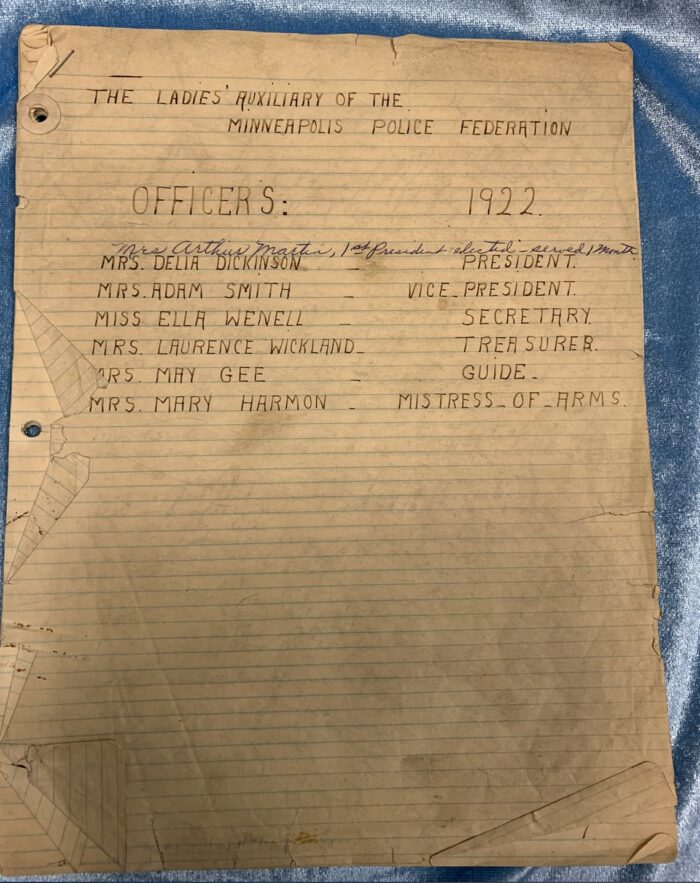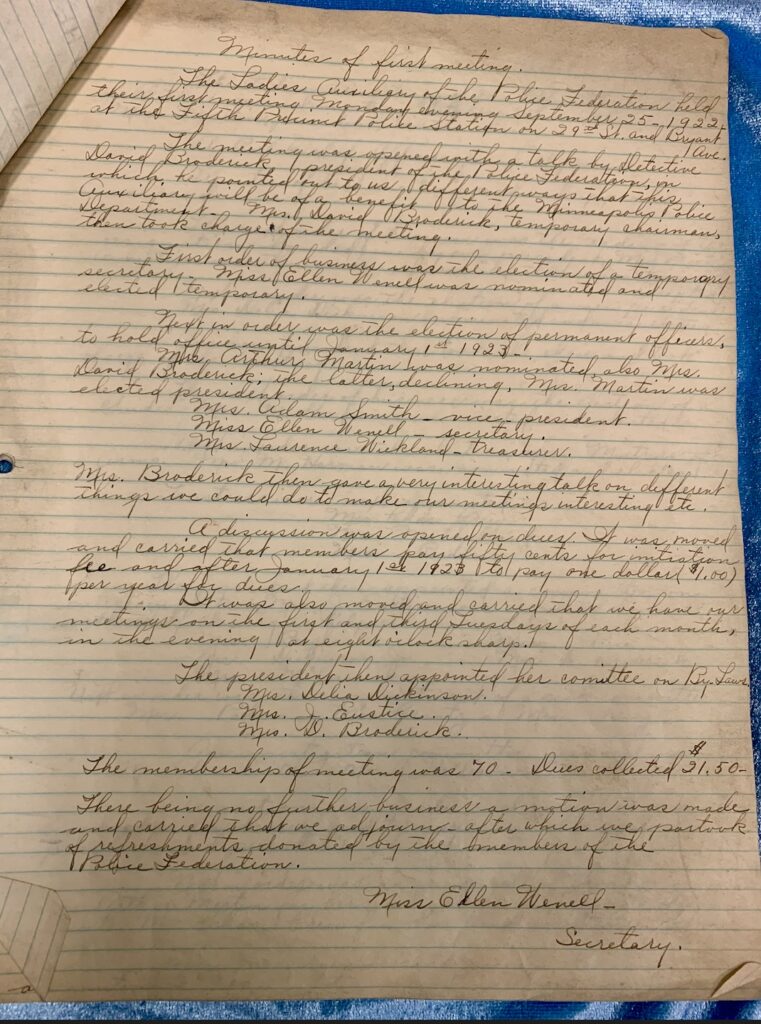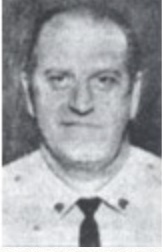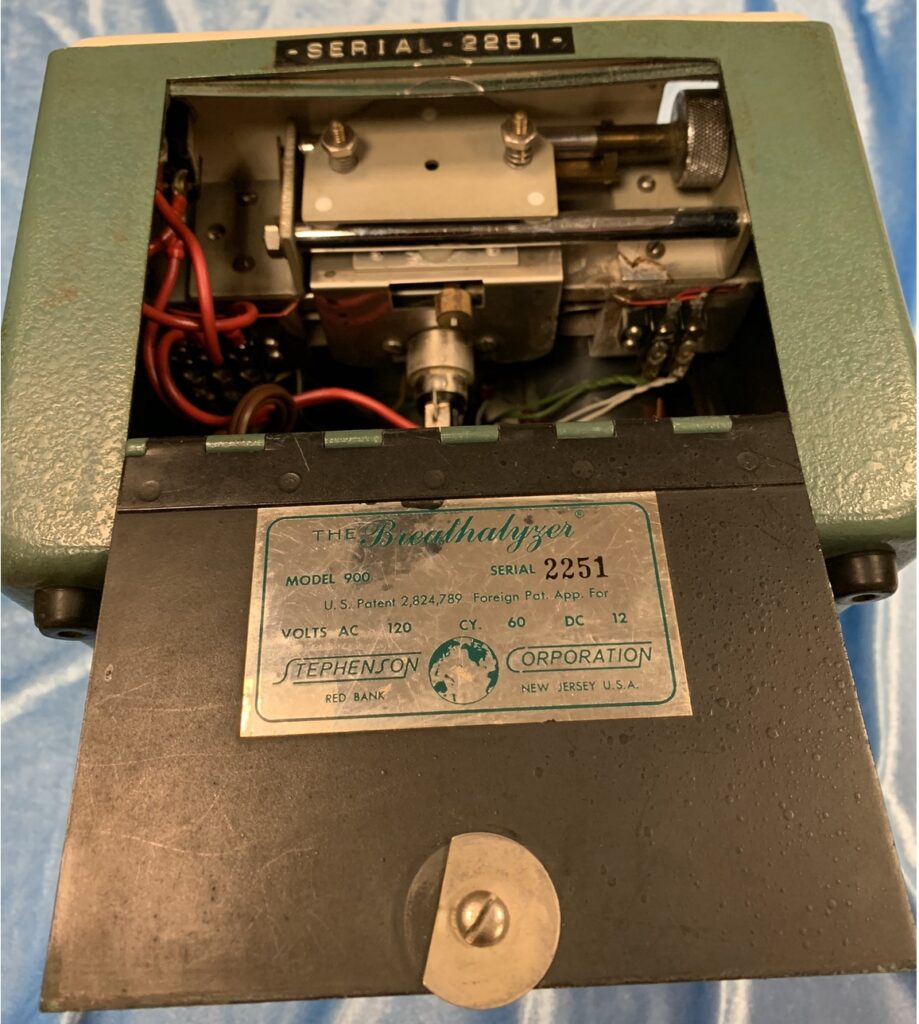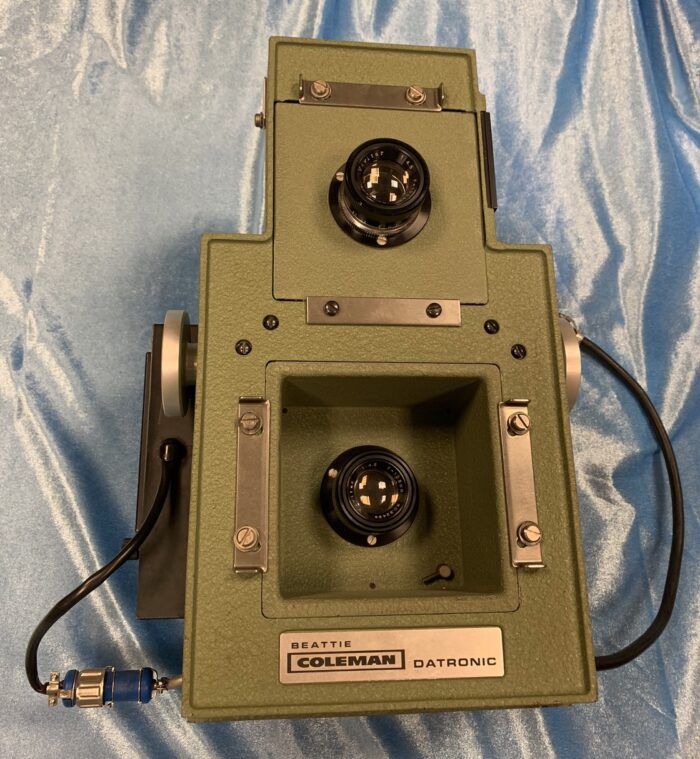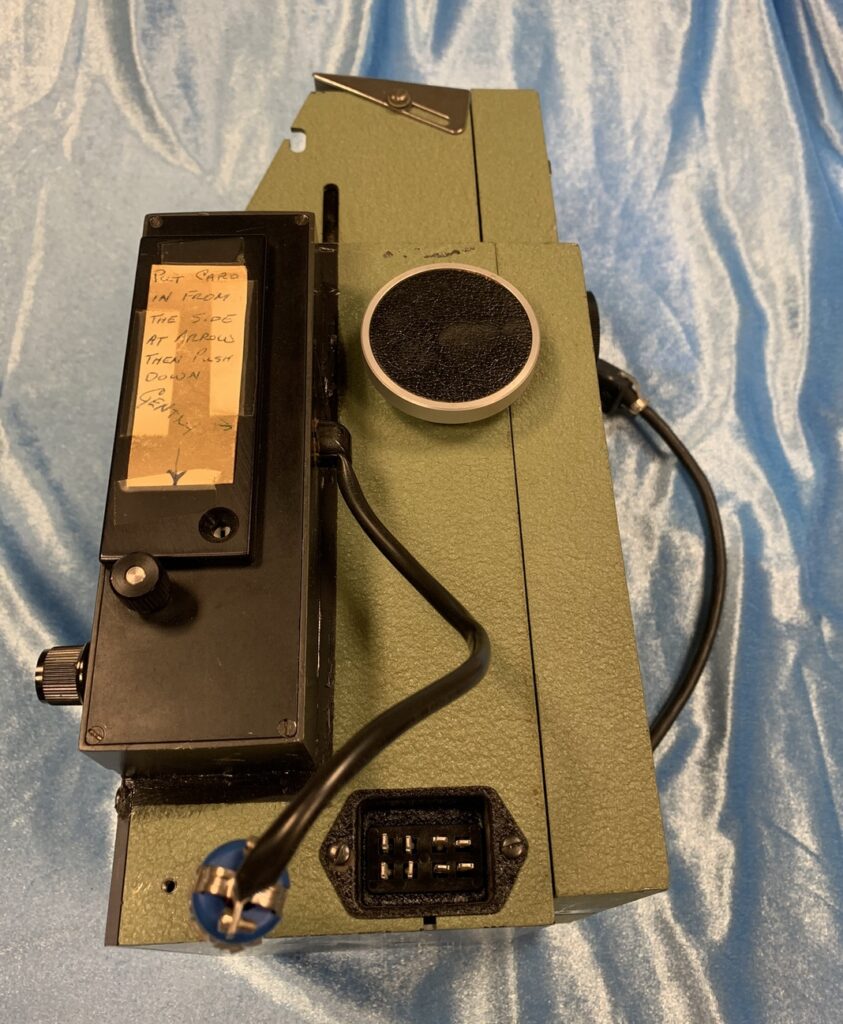Appointed: June 18, 1956
End of Watch: September 30, 1972
Today we are thinking about Lieutenant Inno Suek.
Lieutenant Suek was 41 years of age when he was killed in the line of duty.
He was off duty, working part time as a security guard at Hum’s Liquor Store at 2125 Lyndale Avenue South on Saturday, September 30th.
Around 10:00 pm, two suspects entered the store. One suspect walked up behind Lieutenant Suek and pointed a gun at his head. As Lieutenant Suek turned around and fought for control of the gun, he was shot in the chest with a .38-caliber handgun.
Lieutenant Suek died at the scene.
The suspects were apprehended and convicted and the gunman was sentenced to life in prison.
Lieutenant Suek began his career with the Minneapolis Police Department on June 18, 1956 when he was assigned to the Bryant Station as a Patrolman. He was promoted to the rank of Sergeant in 1966 and to the rank of Lieutenant in 1971.
He was very proud of his promotion to Lieutenant and was especially pleased to be returning to the Bryant Station as a Lieutenant after having also served in other precincts. In the words of his former partner, Patrolman Don E. Harju, “It had been his dream to go back to the Bryant Station as a Lieutenant. He got the shift he was hoping for. He really liked the precinct and he liked the men who worked for him.”
One of Lieutenant Suek’s major interests was working with Midwest Challenge which was a halfway house for recovering drug addicts located at 3045 Columbus Avenue.
Jim Good, a counselor at Midwest Challenge said that Lieutenant Suek was instrumental in helping remodel the house.
Only three weeks before he was killed, Lieutenant Suek had donated his time to remodel the kitchen at the Halfway House. Mr. Good said that the thing he liked about him was that “he wasn’t sharp with us when we were doing something wrong. He would take the time to show us how to do things. He was very creative and willing to lend his support. He was not only concerned with the building but with the program itself”.
Lieutenant Suek’s wife Mrs. Rita Suek said that helping at the Halfway House “was just something he saw as an opportunity to help and he took that opportunity. That’s the way that you could characterize him.”
Lieutenant Suek was survived by his wife Rita (married October 24, 1959) and their four children: Peter (12), Peggy (11), Thomas (9), and John (2) in addition to many members of his extended family.
Lieutenant Suek was active with the Scouting Program at the Church of the Visitation in South Minneapolis. He was a former Marine and a member of the Veterans of Foreign Wars. He was also a member of the Minneapolis Police Officers Federation and the Minnesota Police and Peace Officers Association.
Funeral services were held at the Church of the Visitation on the morning of Wednesday, October 4, 1972 for Lieutenant Suek. He was buried later that day at the National Cemetery at Fort Snelling.
Please take a moment today to remember and honor Lieutenant Inno Suek.
Source and photograph: Minneapolis StarTribune of October 2, 1972

